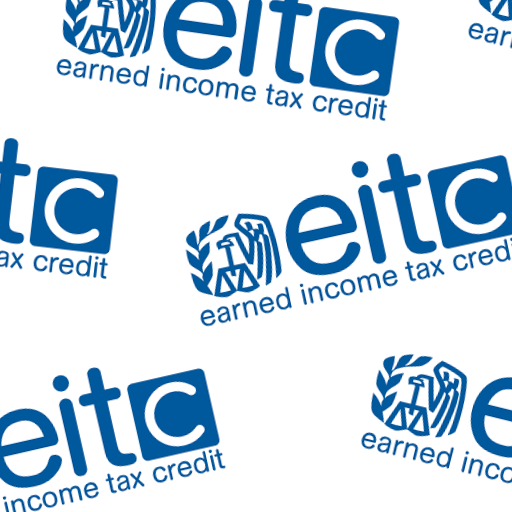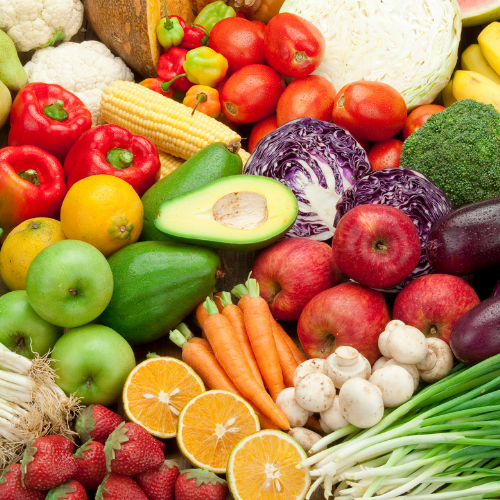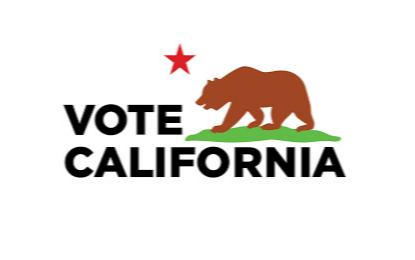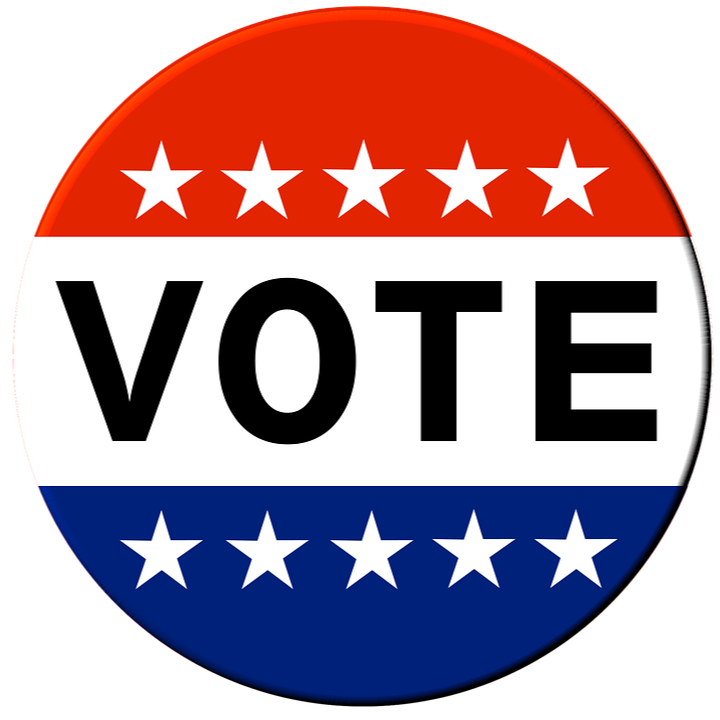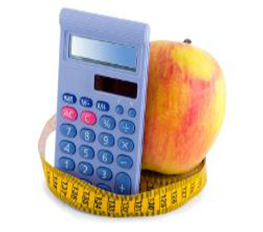Based on your annual earnings, you may be eligible to receive the Earned Income Tax Credit from the Federal Government (Federal EITC). The Federal EITC is a refundable federal income tax credit for low-income working individuals and families. The Federal EITC has no effect on certain welfare benefits. In most cases, Federal EITC payments will not be used to determine eligibility for Medicaid, Supplemental Security Income, food stamps, low-income housing, or most Temporary Assistance For Needy Families payments. Even if you do not owe federal taxes, you must file a federal tax return to receive the Federal EITC. Be sure to fill out the Federal EITC form in the Federal Income Tax Return Booklet. For information regarding your eligibility to receive the Federal EITC, including information on how to obtain the Internal Revenue Service (IRS) Notice 797 or any other necessary forms and instructions, contact the IRS by calling 1-800-829-3676 or through its website at www.irs.gov.
You may also be eligible to receive the California Earned Income Tax Credit (California EITC) starting with the calendar year 2015 tax year. The California EITC is a refundable state income tax credit for low-income working individuals and families. The California EITC is treated in the same manner as the Federal EITC and generally will not be used to determine eligibility for welfare benefits under California law. To claim the California EITC, even if you do not owe California taxes, you must file a California income tax return and complete and attach the California EITC Form (FTB 3514). For information on the availability of the credit eligibility requirements and how to obtain the necessary California forms and get help filing, contact the Franchise Tax Board at 1-800-852-5711 or through its website at www.ftb.ca.gov.
